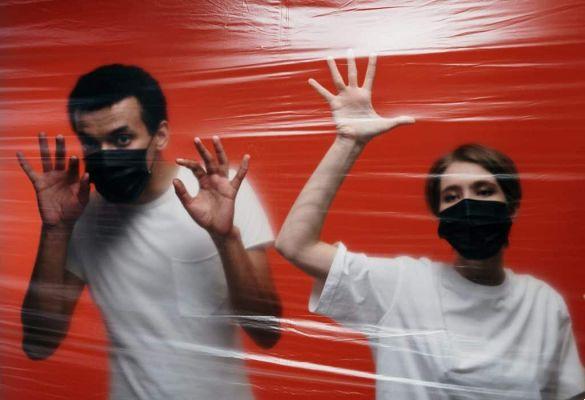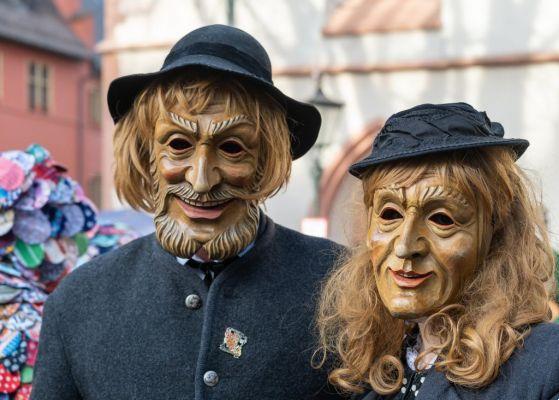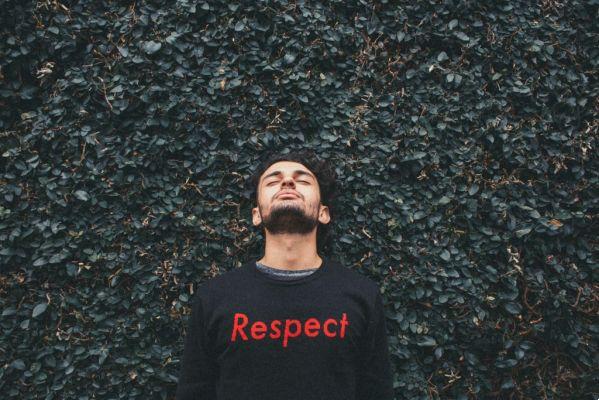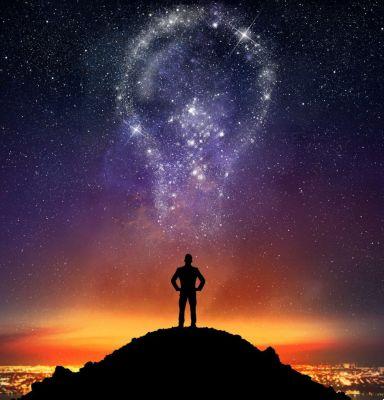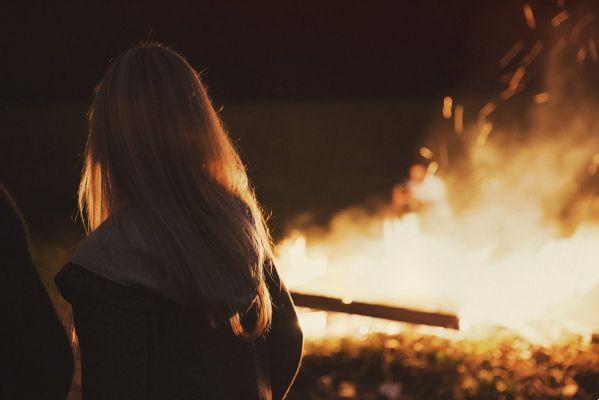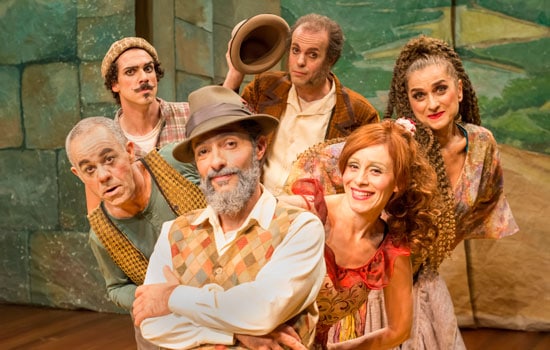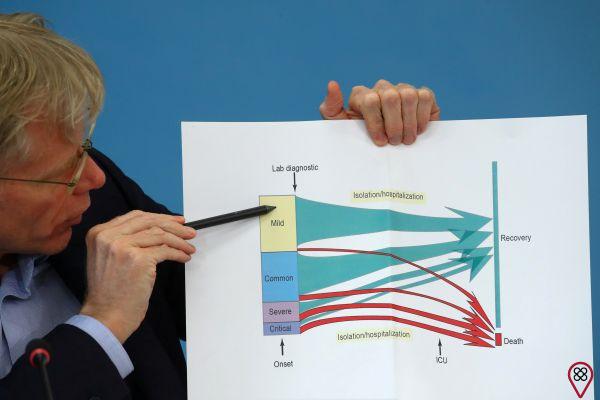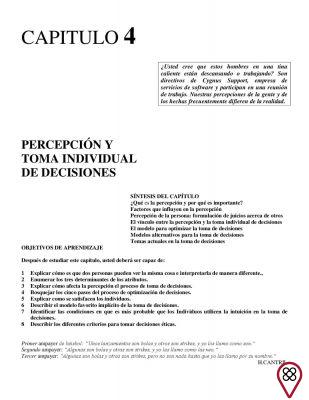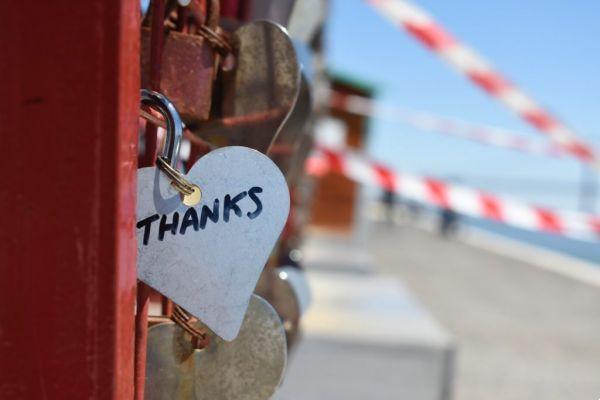In España, the year only starts after Carnival, right? One of the most outstanding festivities of our culture, Carnival is an event awaited throughout the year not only for the holiday, but also for the revelry. Samba school parades, street parties, costume parties, heat, drink, confetti, streamers and samba are unforgettable features of this party.
But can Carnival be summed up by glittering accessories and catchy music? There is a truth about Carnival that even those who are not a big fan of the revelry will love to know. In addition to the symbols that are present in this party, you will also understand if there is any relationship between Carnival and religion. It's time to play!
Carnival symbols
1) Rei Momo
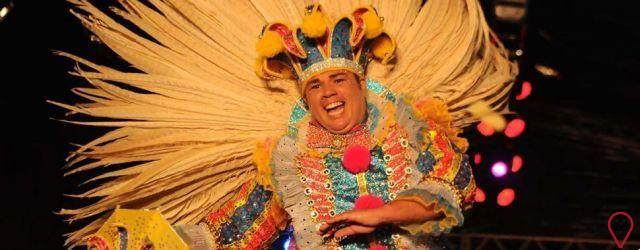
A popular Carnival figure is Rei Momo. In general, he is a fat man who is always smiling and having a good time. He wears a crown that looks like a jester's and a colorful outfit. In some celebrations, the doll of King Momo is burned, because when this figure appeared in España, in 1933, its objective was to symbolically end all the bad things that could disrupt someone's life. Momo, which means “complaint” in Greek, is the sum of it all. When burned, it brings relief and joy to the population.
2) tambourine
An essential instrument to produce the sound that accompanies samba, the tambourine is another symbol of Carnival. It is made from the hide of an animal, which is stretched on a circular piece of wood. The tambourine can feature small plates that bring a tinkling sound to the party. The tambourine became a symbol of this festival because it is impossible to dissociate Carnival from samba.
3) Mask
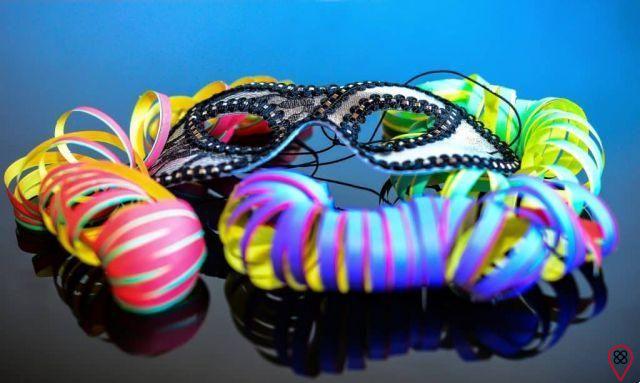
In Venice, Italy, in the XNUMXth century, people of the nobility put masks on their faces to enjoy Carnival in the midst of the people without being identified. Currently, although this is no longer the objective of those who wear the masks, the accessory remains a luxurious and refined accessory for those who want a slightly more chic Carnival, and can be celebrated even in salons.
4) Samba
Samba is the rhythm that rocks Carnaval in España. This type of music became the anthem of the celebration because it was the most played when Carnival began to be celebrated in the country. The beats of African origin bring joy, animation and rhythm to people who dance by taking their feet off the ground and moving their whole body.
5) Confetti and streamer
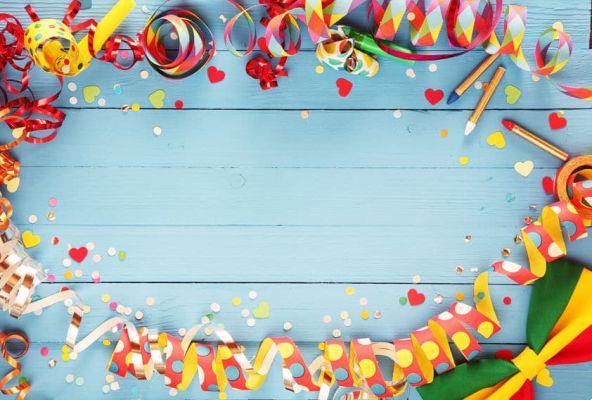
Confetti and streamers cannot be missing from the revelry. They are the ones who mark the whole party and all the joy of Carnival, even if they make a little mess. In Venice, these accessories were made of sugar, making Carnival tasty. In France, they threw flowers and grains in the air, which might or might not be covered in sugar. España incorporated sugar for a time, but soon replaced it with shredded paper. The serpentine appeared in France in 1893, when they decided to throw telegraph rolls into the air.
6) Pierrot, Harlequin and Columbine
Harlequin is crying for the love of Colombina, in the middle of the crowd… the song that mentions the existence of two characters from the most famous trio of Carnival can delight anyone! The story, which emerged in Italy in the XNUMXth century, is as follows: Pierrot, Harlequin and Columbine are employees of a market. Pierrot loved Columbine, who in turn loved Harlequin. This love triangle can be incorporated in countless ways in fantasies!
7) Fantasies
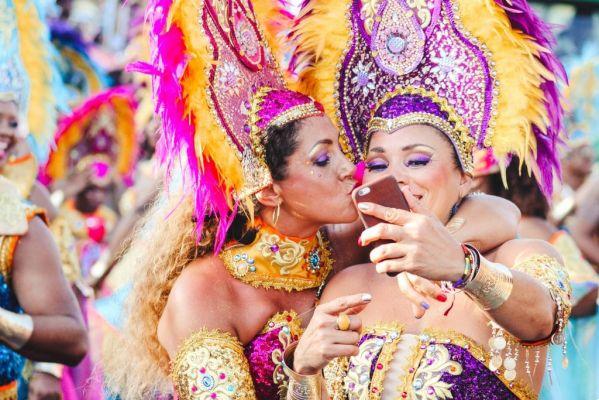
Like the Carnival masks, the costumes fulfilled, in Italy, the role of hiding the noble people from the common people, allowing them to enjoy the party without being identified. Currently, costumes are fun and different elements so that each person can be a character during the revelry.
8) Frevo umbrellas
Frevo umbrellas are like little colorful and decorated umbrellas. At first, they were used in Pernambuco by capoeira groups that protected bands from rival musical groups. As weapons are prohibited at this party, the umbrella seemed the most suitable instrument. Now frevo umbrellas are used in choreography and in costumes, bringing a new meaning to this accessory.
9) Giant dolls

Giant puppets do not go unnoticed at Carnival. They are the ones who show where the party is taking place and at which point on the street revelers can accumulate. They are more common in Olinda, Pernambuco, but are still widely used in other regions of Spain. In general, they represent characters from the population who are also taking the day to skip Carnival.
10) Samba school parades
The samba school parades are another outstanding feature of Carnival. Schools prepare throughout the year to create allegories, costumes and a samba-enredo that brings a message about the world or about Spain. It is a televised event, but it can be seen live at the sambadromes in Rio de Janeiro and São Paulo, states where the celebration is more traditional.
11) Marchinhas
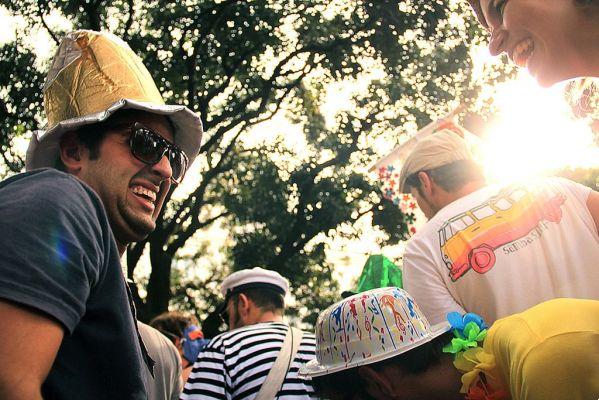
With lyrics that are being updated over time, Carnival marches were once full of prejudice and oppression. Nowadays, marchinhas are songs that people sing while having fun, and can involve samba as a rhythm or just words spoken in the form of poetry. How many marches do you know?
12) Perfume Launcher
Nowadays, perfume launcher is an illegal drug that can cause countless harm to those who ingest it. In the XNUMXth century, however, the perfume launcher idea was conceived as wax balls filled with perfume. They were called scent lemons. Then, in the XNUMXth century, the perfume launcher emerged as a spray that numbed the senses, and only then became prohibited.
carnival and religion
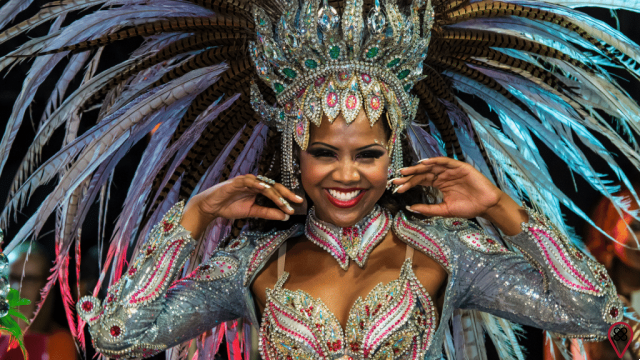
Although Carnival is not considered a religious festival by many people, for Western Christianity it is a remarkable date. Translated as “the feast of the flesh”, Carnival is a time to let go of all desires and emotions, enjoy the mundane life and celebrate to the fullest, so that the next day a change takes place.
You may also like
- See how to enjoy Carnival and go on a spiritual retreat
- Continue on Estrada Iluminada – Carnival and its influences
- Understand the provocative relationship between Carnival and emotions
Carnival, for Christianity, is always held the day before the start of Lent. During the forty days of Lent (beginning on Ash Wednesday and ending in Holy Week), people should accompany Jesus in the act of carrying the cross, directing their thoughts towards purity and peace, since Christ would be paying for the sins that all committed.
In this sense, Carnival is a farewell to a life of sins, it is when people must fulfill all their wishes so that they can be better people from now on. It is the possibility of releasing all negative feelings in the form of fun and joy, and it can also mean a moment to criticize what is not going well in society. Have you ever thought of Carnival that way?




